HEAT OR COOLING?
We are often asked this question, and we will try to give you some advice here. This information in no way replaces a professional consultation. Therefore, always check with your doctor if necessary.
WHEN SHOULD I USE HEAT?
In principle, you should use heat for dull, protracted and “older” health problems. You should also apply heat if the musculoskeletal system is chronically over-stressed, and in the post-acute phase after an injury. Heat is ideal for relaxing hardened muscles and can therefore be used as a regenerative measure (e.g. after sport). Medicinal baths may also alleviate the symptoms of respiratory diseases and colds.
What does heat do?
It improves circulation, increases metabolism, relaxes muscles, and has a soothing and pain-relieving effect.
Possible forms of heat application: Warming ointments, massages or medicinal baths.
Possible indications for heat applications: Chronic and rheumatic complaints, muscular hardening due to poor posture or overloading, arthrosis, non-inflammatory joint pain, chronic back and joint problems and colds.
WHEN SHOULD I COOL?
You should always cool injuries in the acute (initial) phase. This reduces the adverse development of swelling, bruising and inflammation. Cold can also be used to treat degenerative and inflammatory joint diseases. Once the swelling or inflammation has subsided, injuries can be treated with heat. However, it is very much an individual choice regarding when to switch from cooling to heat treatment. The success varies, depending on the injury and the person.
What does cooling do?
It slows down blood circulation, relieves pain sensations, draws out heat, eases inflammation and reduces swelling.
Possible forms of cooling application:
Cooling ointments, cold packs, applying ice or cooling wraps.
Possible indications for cooling applications: Lumbago, back pain, rheumatic conditions, sprains, overstretching, torn ligaments, pulled muscles, torn muscles, swelling, bruises, contusions, haematoma, joint pain in the acute phase and general inflammatory complaints.
HERBS AND OILS
ARNICA: treats bruises, contusions, haematoma, sore muscles, reduces swelling
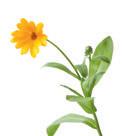

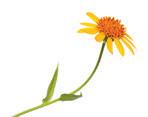
WILD ROSEMARY: anti-inflammatory, reduces swelling
LAVENDER: calming, relaxing
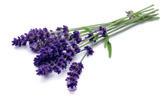
FERN: relieves all kinds of spasms

ROSEMARY: enhances circulation, warming, stimulating
ST. JOHN’S WORT: alleviates nerve pain, nerve inflammation and neuralgia
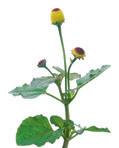
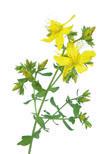
PINE NEEDLE: helps rheumatic inflammation, antiseptic


PEPPERMINT: pain-relieving, pleasant scent
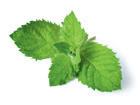
HAY FLOWER: pain-relieving, soothes cramps

PARACRESS: anti-inflammatory, disperses haematoma
MARIGOLD: anti-inflammatory, emollient and antiseptic
COMFREY: alleviates bone inflammation, arthrosis, arthritis, joint pain
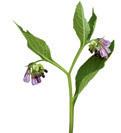
PUMPKIN SEED: one of the most valuable oils for our organism

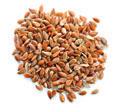
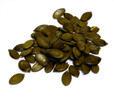
LINSEED OIL: contains monounsaturated fatty acids that care for the skin
PROPOLIS: anti-inflammatory, helps with viruses, bacteria and fungi

OAK BARK: anti-inflammatory, soothes the surface of the skin
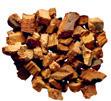
SESAME OIL: contains important fatty acids, cares for the skin
WHEATGERM OIL: soothes skin irritations, contains a lot of vitamin E

ORANGE OIL: calming, harmonising, pleasant scent


FIR CONE OIL: antiseptic, has a fine and bitter note

ALMOND OIL: nourishing, protective, soothing

GERANIUM OIL: cares for the skin, anti-inflammatory, pleasant and soothing scent

EXTRA-VIRGIN OLIVE OIL: has a lot of vitamin E, cares for and protects the skin
MARMOT OIL: contains corticosteroids – natural relatives of cortisone

